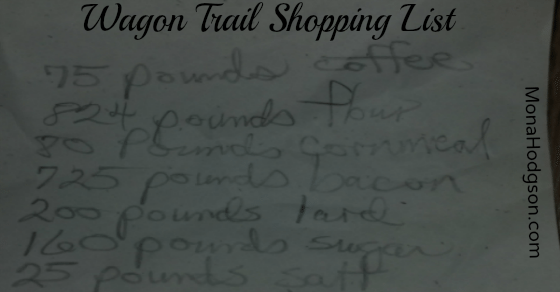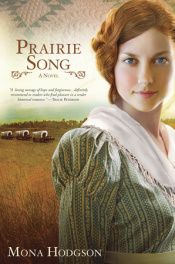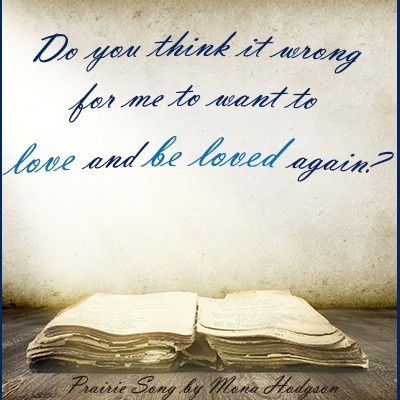Ever watch the TV show, Wagon Train?
Just about any Western movie or TV show captured my attention, pulling me into the adventure and possibilities. Shows like Wagon Train led to my fascination with wagon train travel, which inspired Prairie Song. In Prairie Song that sense of adventure and the promise of possibilities compel the Boone’s Lick Wagon Train Company to roll out of St. Charles, Missouri, headed for a fresh start out west. The television and big screen depictions may have sparked my interest, but I couldn’t use those flawed Hollywood dramatizations after my research.
Test your knowledge of wagon train trivia.
1. Horses were the preferred animal for pulling a covered wagon across the prairie. True or false?
False. While some folks did have horses pull their covered wagon, more chose burros or mules for the job. Most pioneers, however, yoked four or more oxen steer to their wagons because of the superior strength and stamina that allowed the oxen to pull the 2500 pounds or more. Besides, horses are more skittish and easily spooked. Which animal would you prefer to trust to ford a stream or descend a mountain with all of your earthly possessions?
2. TV shows and movies depicted covered wagon overlanders riding on the wagon seat.
False. That was something that seldom happened. Would you want to sit on a narrow, hardwood seat suspended between side rails with no springs? Most trail conveyances were simple farm wagons with no thought given to comfort. The wagon beds rode on steel tires mounted on wooden wheels, on solid wood axles, for fifteen or so miles on a rutted road. That’d be quite the bone rattling ride. I’d rather walk, thank you.
Most travelers walked alongside the team of oxen or took shifts riding a horse.
3. Need some butter for the biscuits you plan to cook over the supper campfire? Just hang the milk on the wagon.
True. Milk the cow first thing in the morning then, before you set out for the day, secure the crock to a hook on the side of the wagon. All the jostling over rocks and through ruts will churn the butter for you.
4. The TV screen and paintings of the period got it right when they showed wagons circled for defense against hostile Indians.
False. The wagon companies didn’t typically circle their wagons. When they did, it was usually to corral the livestock. Most wagon train roads led through safe territory, and hostilities were rare. But if a caravan of wagons was attacked, they didn’t have time to find an area big enough to arrange the wagons.
5. Wagons were covered, which made them into a 19th century recreational vehicle.
False. We’re talking about an eleven foot long by four foot wide, ten foot tall space crammed full of barrels, casks, trunks, and miscellaneous household items. Things the pioneers would need for the journey as well as items and heirlooms packed for their new home. Ready to curl up for the night in the covered wagon?
Most overlanders slept outdoors, on the ground, with or without a tent overhead, or in a hammock suspended between trees or between a tree and the wagon. Exceptions to that rule included travelers who were sick and sometimes children. Excessive rain might have warranted taking shelter inside of the wagon, but it would’ve been an uncomfortable night.
Reading Prairie Song, you’ll discover that I busted many of the perpetuated myths in my telling of an 1866 wagon train story.
Do you have a favorite wagon train novel, nonfiction, or movie?




Comments 7
yes i would of rode on the seat
Shirley B
Author
Hi, Shirley! Good to see you here. Blessings!
I loves stories about wagon trains. I got most of the questions on the quiz right. That was fun. Thank you for posting it. I am going to have to put your book on my TBR list.
OOPS. Love, not loves.
Great post. I really enjoyed the quiz and actually passed it! In the days when I volunteered at an old west living history museum, someone showed up one day with a covered wagon. Not historically accurate, it had rubber on the wheels. Even with that, the ride was so horribly bumpy and uncomfortable (on a dirt road through the museum) that after five minutes I completely understood why the travelers walked alongside! Knowing you did good research makes me want to read your novel! Thanks!
I love to hear about the research that you and other historical fiction authors do! I am always so pleased when I know authors take the time to delve into real history for authentic details. All too often, myths are just kept going rather than untaking research to get it right!! Thank you! Thank you! As you can tell, my passion is history!!
I liked the butter churning on the side of the wagon ~ I really enjoyed Prairie Song! Kathleen ~ Lane Hill House